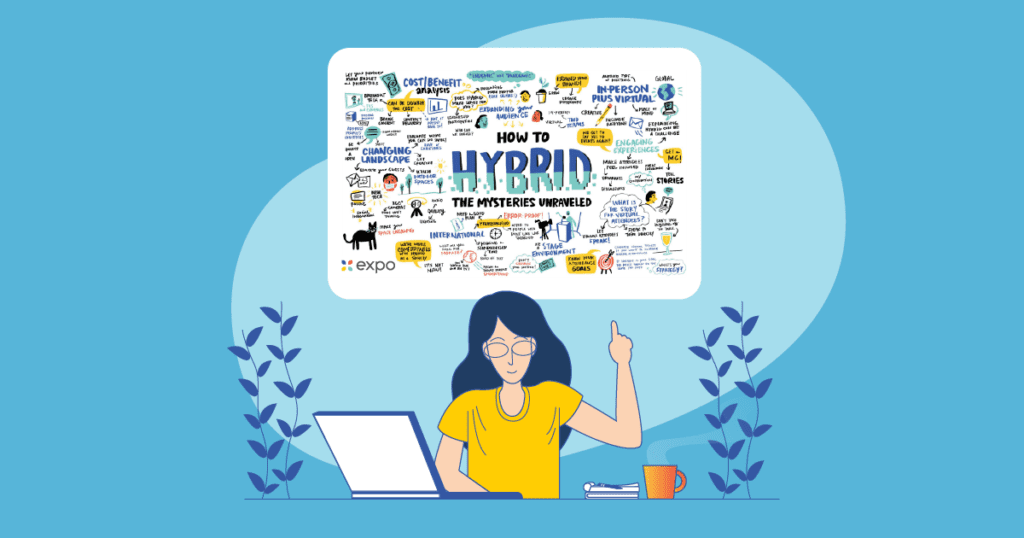Facetime, Zoom, Google Hangout, chat, group chat, chat in the event-app, call, schedule a call, schedule a chat… it’s all available, 24/7, at virtual events. So how do we actually say hello? We took a look at a few recent events — Adult Swim Con, California Academy of Sciences Night School, and DragonCon, to see how event organizers make virtual communication feel real, random, and fun. The way it should be.
This article also includes some Future Thoughts — which are — things that haven’t been done at virtual events (we think), but are probably worth a try!
Video chat always keeps it real.
Randomness is good, like in real life.

A relaxed chat with a pro…
At this year’s Adult Swim convention, organizers set-up a virtual “greet and meet” with comedian, writer, and director Jena Friedman (of Late Show with David Letterman and Soft Focus with Jena Friedman). Attendees applied for the virtual Q&A on Instagram, Adult Swim organized the chats, and a number of attendees got to have a quick talk with a person that inspires them. No lines. No distractions. Just an easy one-on-one with a pro. And the best part, event organizers could expand this concept to include an infinite amount of meaningful chats between presenters and attendees — all while people are chilling at home
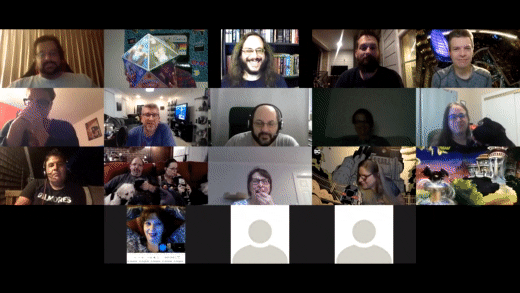
The random pop-up panel
Virtual DragonCon, a recent pop-culture and sci-fi event, collected 26 panelists in one video feed, and then rolled a large 20-sided die to decide who would split off into which panels, and what the panel topics would be. This was used as a panel icebreaker, and there was a lot of joking around involved, but it made us think about the power of virtual events to create situations that can’t be done live. With any number of panelists just a click away, the possibilities are endless. We don’t recommend using a 20-sided die to schedule your panel, but a little randomness is sometimes what it takes to spark new ideas and fresh conversation. And that’s what people are looking for.
Future thought: The random video-chat with a fellow attendee…
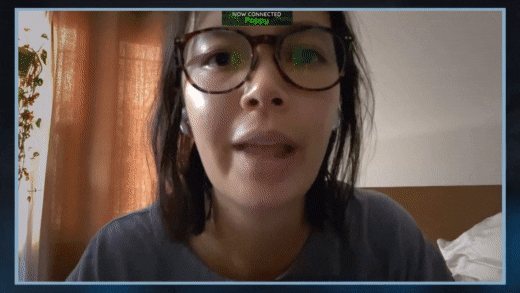
Random face-to-face chats happen all the time at live events. It’s part of events. You can’t plan for it. Some chats we forget. But many are meaningful. Our goal is to recreate this unique feeling with random video chats. Some people might want to opt out of a random call with a complete stranger. But, more likely, attendees are like minded individuals, possibly working from home for months on end. And a 5 minute video chat about the upcoming event may be exactly what they are looking for. It might be the random connection they needed to make the event feel real. As virtual communication becomes more normal, event organizers should think about recreating the unpredictability of the random chats that happen in real life.
Everyone has entered the chat
Keep the group chat moderated, or at least relatively predictable.
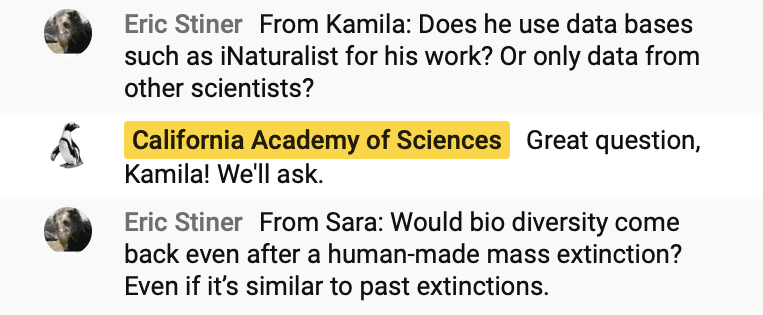
Wrangling the chat-feed during presentations…
Most virtual events have a space for attendees to text, chat, ask questions, comment, or react during a presentation. But all that text can be a lot of information to take-in (see the group chat above from a California Academy of Sciences event). Comments, questions, and thoughts might go unnoticed by the people on screen. This is why it’s important to have a dedicated moderator on the chat. Someone who can catalog the most pressing questions, and then relay those questions to the moderator on screen. The goal here is to create a “real life” environment. A place where 100 attendees wouldn’t ask a question at the same time — which can kinda happen in the chat ????
Future Thought: The “homeroom” group-chat (for networking).
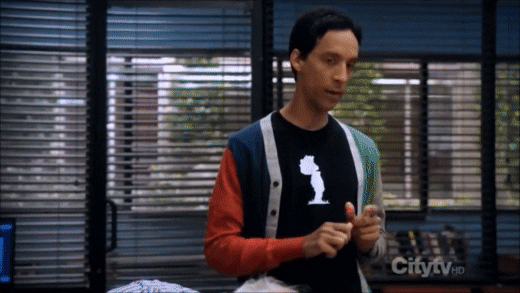
Nearly every event-app or service works to connect individual attendees with chat features. Some services have AI built in to connect people with similar interests automatically. There’s Zoom happy hours. And specialized virtual breakfasts. But maybe the thing that people need most is a homebase, or a “homeroom.” Think of this as group chat with 10-20 other attendees that would be live for the duration of the event. A place to introduce yourself to a group before the event, and debrief after each day. Joke around. Mix it up. Networking isn’t really about meeting one person at a time. It’s about feeling comfortable in a group of new people that know you. A group you’ve spent time with. New people that can help make introductions down the road. That’s what your “homeroom” is for.
What to do with phone calls?
Future thought: Podcast those voices.

A phone call can seem a bit archaic when you can just zoom anytime. But every attendee still has the ability to talk on the phone, and that’s a lot of individual voices. Our recommendation — encourage people to phone-in questions to an event hotline. Then, answer the questions live on a podcast with panelists or presenters. These podcasts would create unique, one of a kind content for the event. Something attendees can listen to while cooking dinner, taking a break, going for a walk or basically anything that doesn’t involve looking at your laptop. Because eventually, you gotta log off.
In the end, just make it easy for people to say hello.
Even though attendees have all the tools to connect, event organizers can still nudge people in ways that feel organic. Through random zooms, or group chat homerooms, there are ways to keep people connected. And that’s what’s most important right now.

